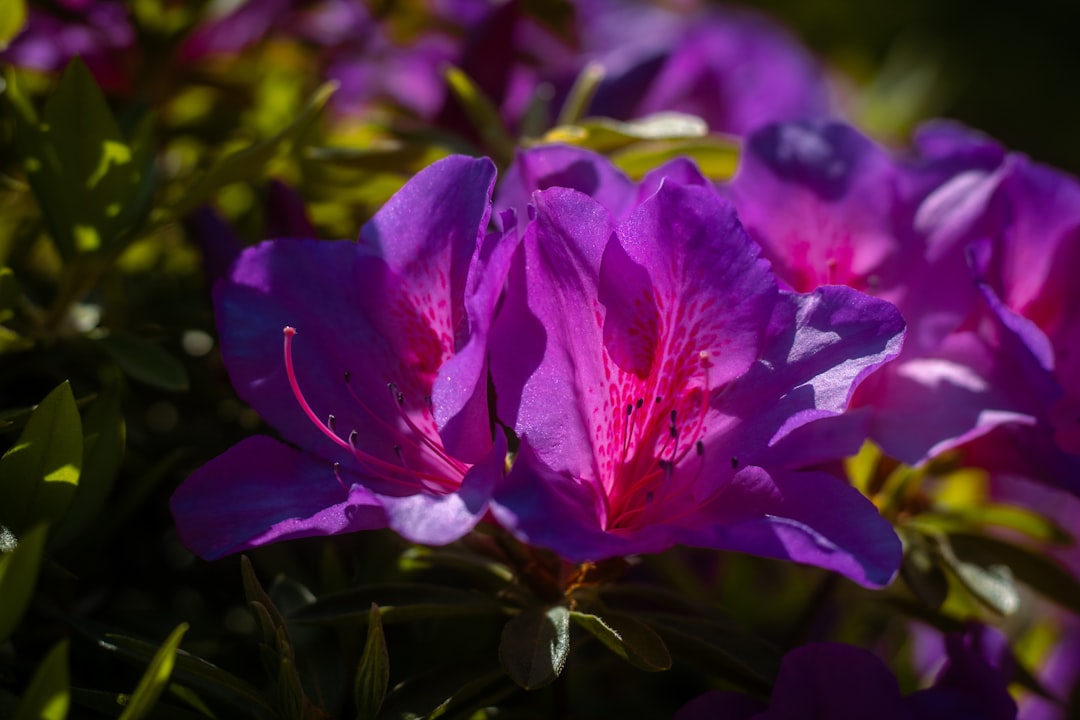Unleashing the Potential of Graywater in Your Garden

In the realm of yard care and gardening, the efficient use of water is a crucial aspect that can significantly impact the health and vitality of your garden. One innovative and environmentally friendly approach to water conservation is the use of graywater. Graywater refers to the relatively clean wastewater generated from household activities such as bathing, washing dishes, and doing laundry. By repurposing this water for your garden, you can make every drop count and contribute to a more sustainable future.
Before delving into the expert - approved tips for using graywater in your garden, it's important to understand the basics. Graywater is different from blackwater, which contains human waste and is much more difficult to treat. Graywater, on the other hand, can be safely used in the garden with proper handling. However, it's essential to note that graywater should not be used on edible parts of plants, as it may contain traces of soap, detergent, or other chemicals.
### 1. Collecting Graywater
To start using graywater in your garden, you first need to collect it. One of the simplest ways is to place a bucket in your shower or bathtub to catch the water while you're waiting for it to heat up. You can also install a graywater collection system that diverts water from your washing machine or sink directly to a storage tank. When collecting graywater, make sure to use containers that are clean and food - grade to avoid any contamination.
### 2. Filtering and Treating Graywater
Filtering graywater is an important step to remove any solids or debris that may clog your irrigation system. You can use a simple filter made of cheesecloth or a more advanced filtration system depending on your needs. Additionally, treating graywater with natural additives such as vinegar or hydrogen peroxide can help reduce the presence of harmful bacteria. However, be cautious not to over - treat the water, as excessive chemicals can harm your plants.
### 3. Choosing the Right Plants
Not all plants are suitable for graywater irrigation. Some plants are more tolerant of the chemicals and salts present in graywater than others. Native plants and drought - tolerant species are generally good choices, as they are adapted to local conditions and can better withstand the potential effects of graywater. Examples of suitable plants include lavender, rosemary, and succulents. Avoid using graywater on plants that are sensitive to salts, such as azaleas and rhododendrons.
### 4. Irrigation Methods
There are several ways to irrigate your garden with graywater. One common method is to use a soaker hose, which allows the water to seep slowly into the soil. This helps prevent runoff and ensures that the water reaches the plant roots. Another option is to use a drip irrigation system, which is more precise and can be adjusted to deliver the right amount of water to each plant. Avoid overhead sprinklers, as they can cause the graywater to splash onto the leaves, which may not be ideal for plant health.
### 5. Monitoring and Maintenance
Regular monitoring of your garden when using graywater is essential. Check the soil moisture levels regularly to ensure that you're not over - or under - watering your plants. Also, keep an eye on the health of your plants. If you notice any signs of stress, such as yellowing leaves or stunted growth, it may be a sign that the graywater is having a negative impact. In terms of maintenance, clean your graywater collection and filtration systems regularly to prevent blockages and the growth of mold or mildew.
### 6. Legal Considerations
Before implementing a graywater system in your garden, it's important to check the local regulations. Some areas have specific rules regarding the collection and use of graywater. Make sure you comply with all the legal requirements to avoid any potential fines or penalties. In some cases, you may need to obtain a permit or follow certain installation guidelines.
### 7. Educating Yourself
Finally, continuous learning is key when it comes to using graywater in your garden. Stay updated on the latest research and best practices in graywater use. There are many resources available online, including articles, videos, and forums where you can learn from other gardeners' experiences. By educating yourself, you can make informed decisions and optimize the use of graywater in your yard.
In conclusion, using graywater in your garden is a smart and sustainable way to care for your yard. By following these expert - approved tips, you can make the most of this valuable resource and contribute to a greener environment. Remember, every drop of water counts, and with a little effort, you can transform your garden into a thriving oasis while conserving water.